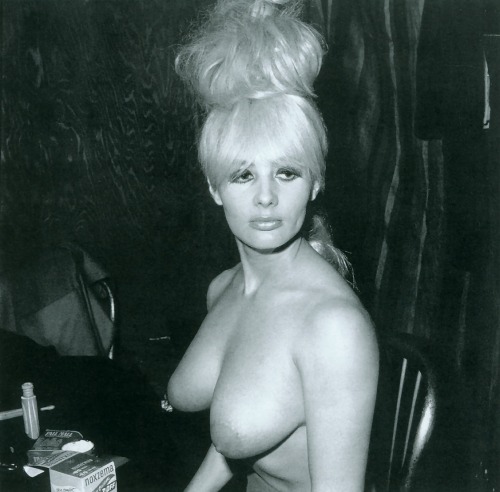What is a memoir? And why I chose to use it.
Last August I began writing “A Naked Car Thief” as a remembrance of the years I was a member of our band, Stark Naked and the Car Thieves. Prior to that, I spent about four months in intense research and writing certain scenarios that I vividly remembered like when we opened Nero’s Nook at Caesars Palace. I was testing to see if I could develop the skill to write something worth the effort it would take and if I could actually dedicate the time and effort and will to finish it. Though I have previously worked as a technical writer professionally for over eight years for three Fortune 100 companies, started an unfinished novel and a few short stories (one published in a game sci-fi magazine), I had never taken on anything like the scope of this project. Of the number of books I have absorbed in trying to develop this skill set, I realize that I should make clear the expectations and limits to what should be expected in a memoir, what it means for my goal, and why I chose this form. I am quoting below from one of the influential books that is guiding me.
“Memoir is a rendering of lived life, as filtered through memory and the wider net of the needs of narrative. Memoir just tells the story, no explicit thesis here. Memoir examines a life, a self, and does so through a period of time, say early childhood or the month you spent with Grandpa in France. Like novels and short stories, memoirs tend to operate in time and space, tend to have a story arc, rising action leading to a climax, a balance of scene and summary. A reflective voice might tell the story, might analyze events, but it tends to stay in the background, tends to let the action do the work. Research can support the storytelling, but the point isn’t a display of facts or information. A memoir lays out the evidence of a life, lets the reader make the conclusions. The mode ranges from pure, plain storytelling to more reflective storytelling. Some memoirs get so reflective and analytical that they move close to and overlap with the personal essay. A few pages, a book, a few volumes, memoir is an expansible form.”
— Roorbach, Bill (2008-06-17). Writing Life Stories: How To Make Memories Into Memoirs, Ideas Into Essays And Life Into Literature.
I chose this form specifically because I am dealing with a time now well over 40 years ago, where memory does it’s best but cannot mirror specifics. Time and again, after relating vignettes about our group’s adventures people would say “you ought to write a book”, even sometimes a band mate. But as I got further into the project I realized that the story I had to tell, was really about my specific adventures through the lens described above; the band’s story and the story of the times and places had to become the background of my story. It had to become my story, not the band’s.
At first it was for a practical reason, it had become clear that some members of the group had glaring differences in interpreting the memories of our shared experiences. As my goal was to get at the truths that were seminal to my growth through those years; accuracy was bound to take a hit so I dedicated those early months to research and I continue to do spot research during the writing to be as accurate as possible. I also don’t want to take the stance of invalidating anyone else’s recollections so by personalizing them as mine and mine alone, though I make every effort to find common ground, I am only responsible to being true to my own sense of this experience.
But more importantly I have come to realize in this much more personal approach I am uncovering things that go beyond the band and into my relationships with family and friends with far-reaching consequence. I also realized that I wanted to write a story, a book, that anyone could pick up and read for the adventure and journey of several fairly ordinary guys who combined their talents in a leap of faith, and ended up experiencing extraordinary events at extraordinary places at an extraordinary time, the middle to the end of the 1960’s, in music and culture.







